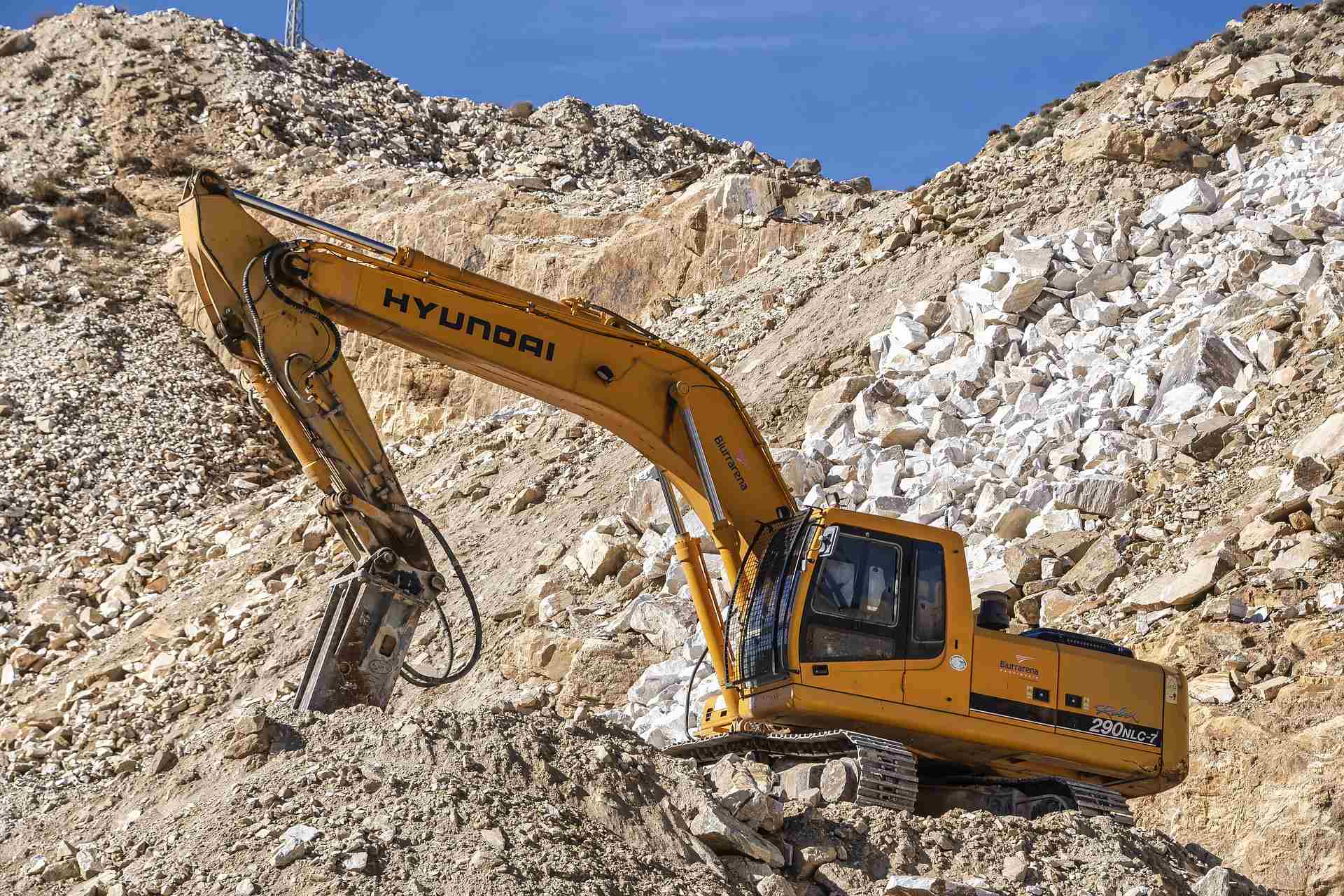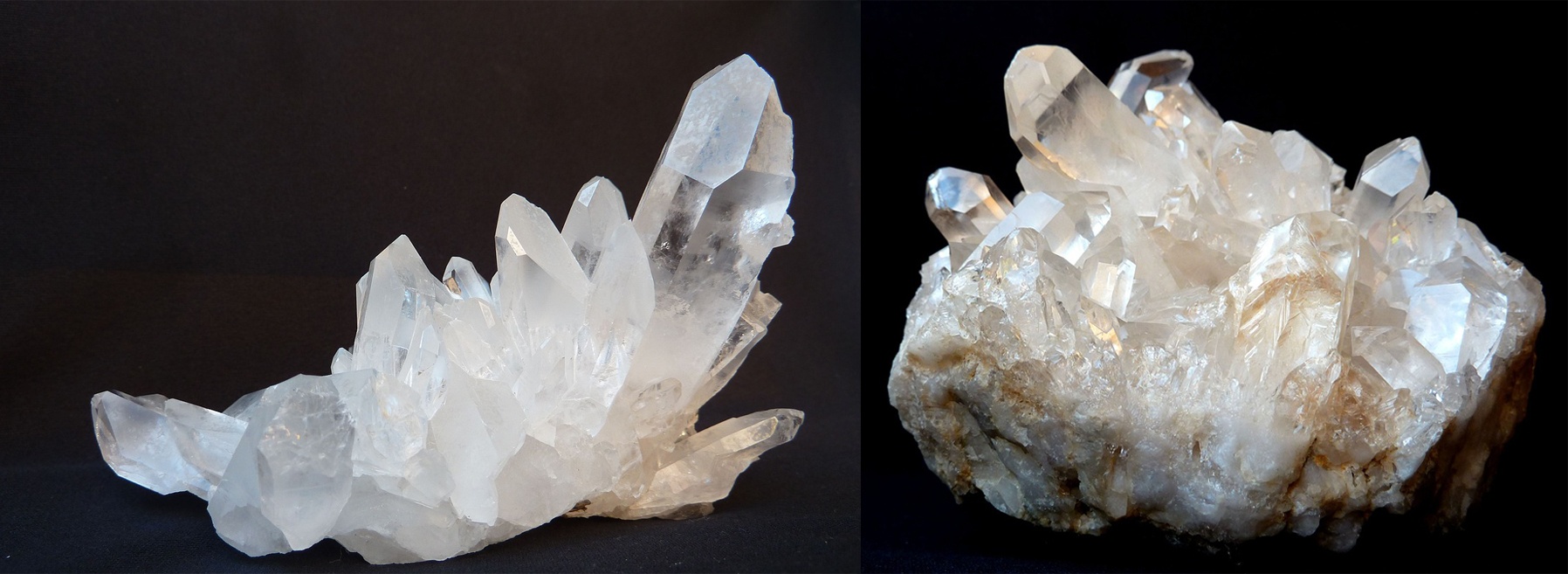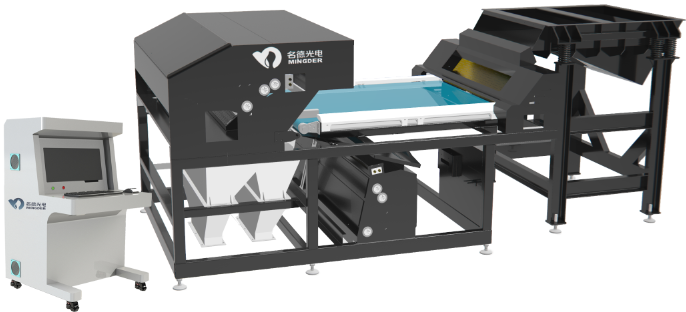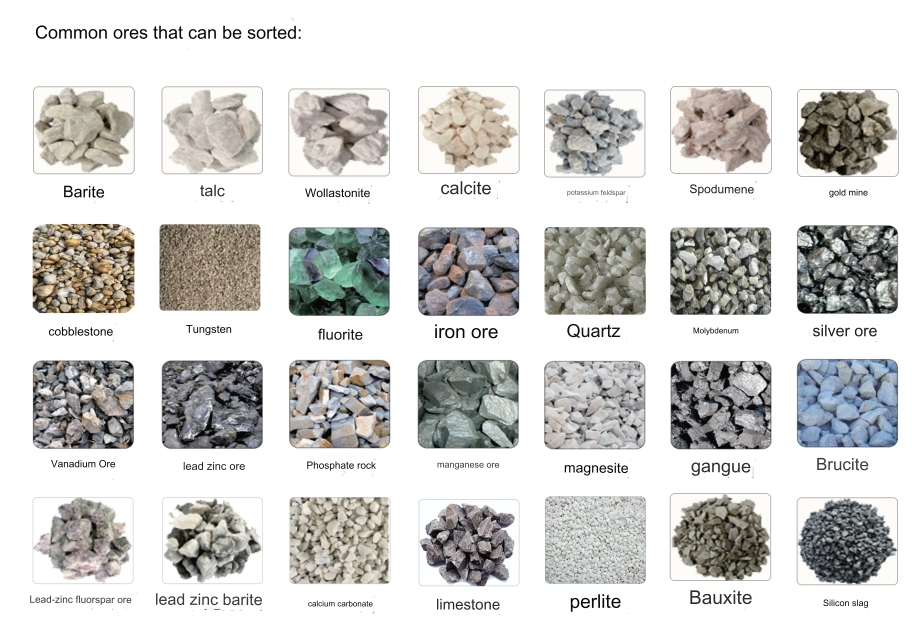Subscribe to our newsletter and always be the first to hear about what is happening.
The Significance of Ore "Dissociation Degree", "Over-Crushing" and Pre-sorting!
Jul 27, 2024As we all know, mineral resources are the pillar of national infrastructure. During the mining process, most ores exist in the state of mineral and gangue coexistence. Only after a series of processing procedures can usable minerals be obtained. Before the ore can be effectively used, it needs to be crushed and dissociated, and then enriched by the corresponding mineral processing method.

The so-called dissociation degree of a certain mineral is the ratio of the number of particles of the mineral monomer dissociated to the sum of the number of intergrowth particles containing the mineral and the number of particles of the mineral monomer dissociated. First, the block ore particles change from large to small, and various useful minerals are dissociated by reducing the particle size.

First, in the crushing process, some of the various minerals that were originally intergrowthed together crack along the mineral interface and become particles containing only one mineral, which we call monomer dissociated particles, but there are still some small mineral particles that contain several minerals intergrowthed together, which are called intergrowth particles.
Over-crushing mainly refers to the use of excessive grinding to achieve the full dissociation of useful minerals. In this process, more fine particles that are difficult to select are produced, that is, the phenomenon of "over-crushing" occurs. Over-crushing not only affects the grade and recovery rate of the concentrate during the selection process, but also increases the consumption of the grinding and selection process due to unnecessary crushing, resulting in increased beneficiation costs.

The main hazards of over-crushing are: an increase in useful fine particles that are difficult to recover, low concentrate grade and recovery rate, increased machine loss, reduced unit time capacity, and increased useless power consumption of crushed ore.
From the perspective of mineral structure, except for a few extremely coarse-grained ores that can obtain a considerable number of monomer dissociated particles after crushing, most ores must be ground to obtain a relatively high degree of dissociation. Ore crushing and grinding are too coarse and the degree of dissociation is insufficient, and too fine will cause equipment wear and increased consumption. Too coarse or too fine will lead to low concentrate grade and recovery rate. Therefore, appropriate grinding fineness is a necessary condition for achieving good separation of useful minerals and gangue minerals. Mineral processing workers should pay attention to the selection of crushing processes and equipment, strictly control the operating conditions, and strictly control the grinding fine powder within the optimal range determined by the mineral processing test.
After some ores are crushed, there will be a certain proportion of low-economic-grade tailings or waste rocks with good dissociation. If such ores enter the subsequent grinding, it will directly affect the concentrate recovery and power consumption cost. Some concentrators adopt the method of early disposal and early selection to discard these useless tailings, which can not only release the production capacity of the concentrator, but also reduce the discharge of tailings after fine grinding, reduce solid mineral waste, and extend the service life of the tailings pond.

As a company specializing in the research and development and production of ore sorting equipment, the photoelectric mineral processing products launched by MINGDE Optoelectronics are mainly used in the pre-sorting and pre-discarding of lump ores. According to the different degrees of dissociation of the ore, it can be used for ore sorting within the range of 0.3-15cm; it is suitable for sorting ores with different characteristics such as color, texture, texture, shape, gloss, shape, density, etc.

The types of ores currently used by the equipment include fluorite, talc, wollastonite, calcium carbonate, gold mine, brucite, magnesite, silicon slag, pebbles, silica, phosphate rock, coal gangue, sponge titanium, monocrystalline silicon, lithium mica, spodumene, barite, pegmatite, tungsten tailings, coal-based kaolin and other minerals. MINGDE Optoelectronics can provide professional sorting equipment and solutions for ore sorting problems!